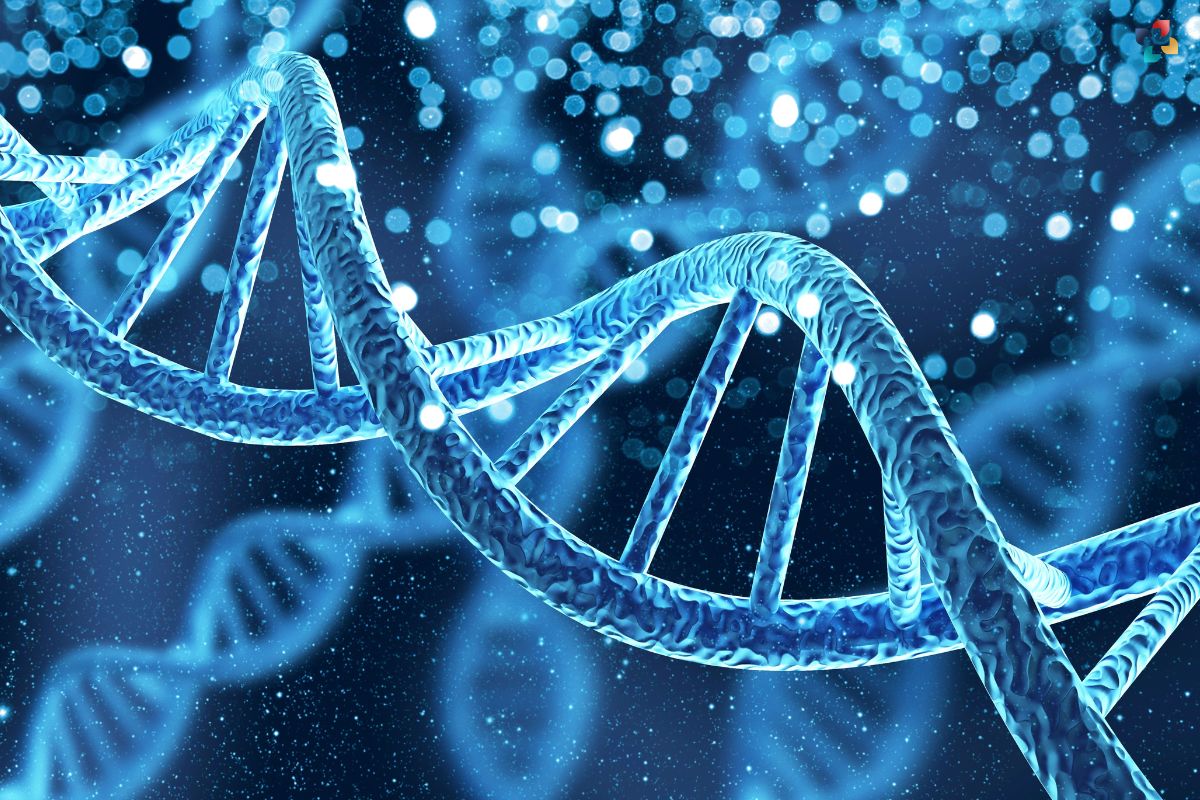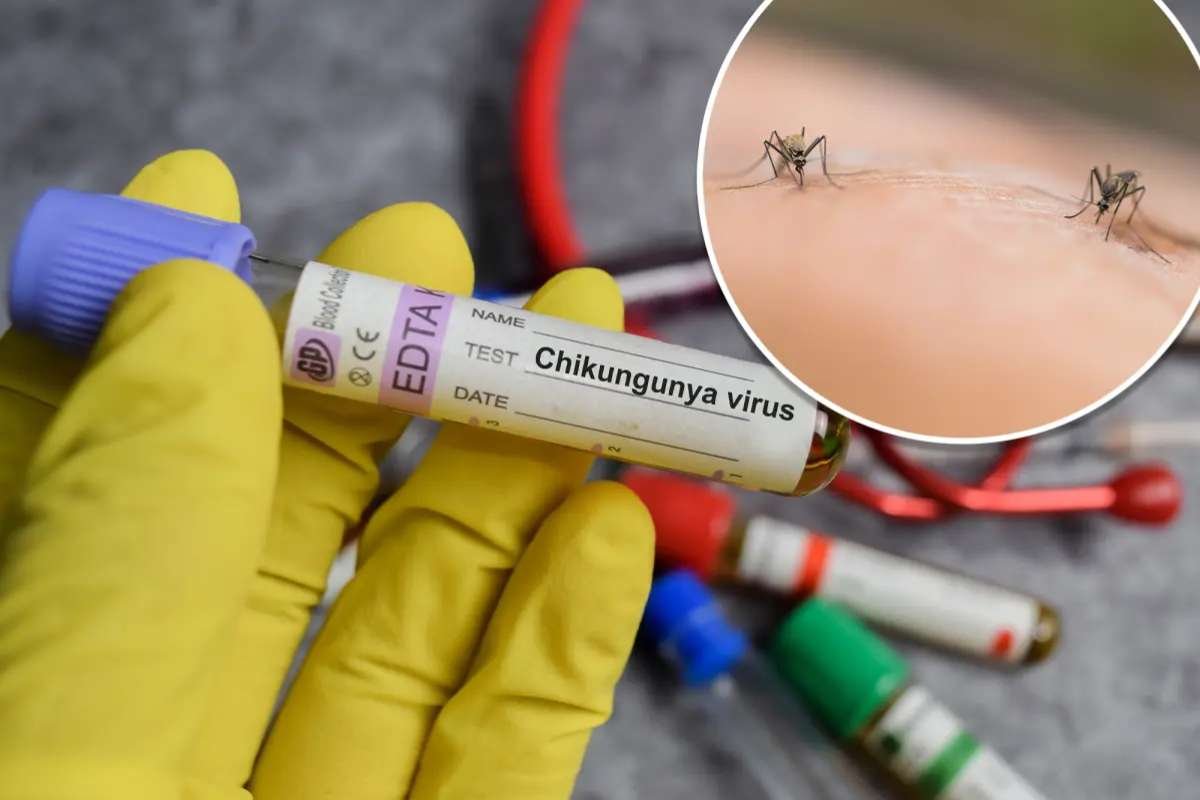One of the basic phenomena in biology is cell division, the complex process by which cells divide and contribute to the growth, development, and maintenance of living organisms. This piece takes the reader on a tour through the complex realm of cell division, explaining its workings, importance, and the carefully choreographed dance of molecular actors that maintain life.
The Basics of Cell Division:
1. Definition and Significance
Cell division is the process by which a single parent cell divides to produce two or more daughter cells. This fundamental biological process is crucial for the growth and development of organisms, tissue repair, and the replacement of aging or damaged cells.
2. The Cell Cycle
Cell division is intricately tied to the cell cycle, a series of events that a cell undergoes from its formation to the point of division. The cell cycle consists of phases such as interphase, mitosis (or meiosis), and cytokinesis, each with distinct functions and checkpoints to ensure accurate progression.
Mitosis: Ensuring Genetic Stability:
1. Phases of Mitosis
Mitosis is the process of cell division that results in the formation of two genetically identical daughter cells. It consists of distinct phases—prophase, metaphase, anaphase, and telophase—each marked by specific events such as chromosome condensation, alignment, separation, and nuclear envelope reformation.
2. Role of Mitosis in Growth and Repair

Mitosis is integral to the growth and maintenance of multicellular organisms. It facilitates the development of tissues, the replenishment of damaged cells, and the overall increase in cell number required for proper physiological functioning.
Meiosis: The Dance of Genetic Diversity:
1. Phases of Meiosis
Meiosis is a specialized form of cell division that gives rise to reproductive cells—sperm and egg cells in animals, pollen, and ovules in plants. It involves two sequential divisions, resulting in the formation of haploid cells with half the chromosome number of the parent cell.
2. Genetic Diversity and Evolution
Meiosis plays a pivotal role in introducing genetic diversity among offspring. The process of crossing over during meiosis I and the random assortment of chromosomes contribute to the shuffling of genetic material, fostering variation essential for the adaptability and evolution of species.
The Molecular Choreography:
1. Centrioles and the Mitotic Spindle
The mitotic spindle, a complex apparatus of microtubules, orchestrates the precise movement and segregation of chromosomes during mitosis. Centrioles, small structures near the nucleus, play a crucial role in spindle formation.
2. Checkpoints and Cell Cycle Regulation
Cell cycle checkpoints act as quality control mechanisms, ensuring that each phase of the cell cycle is completed accurately before progression to the next. Cyclins and cyclin-dependent kinases (CDKs) are key players in the regulatory dance of the cell cycle.
The Role of DNA: The Genetic Script:

1. Chromosomes and Chromatids
Chromosomes, thread-like structures composed of DNA and proteins, house the genetic information. During cell division, chromosomes duplicate to form sister chromatids, ensuring the faithful transmission of genetic material to daughter cells.
2. DNA Replication
The intricate process of DNA replication occurs during the S phase of interphase, leading to the duplication of genetic material. Enzymes, such as DNA polymerase, play pivotal roles in ensuring accurate and complete replication.
Also Read: Decoding Genetics: Exploring Examples of Single Gene Disorders
Cytokinesis: Completing the Division:
1. Contractile Ring and Cell Membrane
Cytokinesis, the final stage of cell division, involves the physical separation of the cytoplasm and organelles between daughter cells. In animal cells, a contractile ring composed of actin and myosin proteins facilitates the pinching off of the cell membrane.
2. Cell Plate Formation in Plant Cells
In plant cells, cytokinesis involves the formation of a cell plate at the center of the dividing cell. This structure eventually develops into a new cell wall, completing the division process.
Aberrations in Cell Division: Implications for Health:
1. Mitotic Errors and Cancer
Aberrations in cell division, such as chromosomal abnormalities and uncontrolled cell growth, are hallmarks of cancer. Understanding the molecular basis of these errors is crucial for developing targeted therapeutic interventions.
2. Genetic Disorders and Meiotic Errors
Meiotic errors can lead to conditions such as Down syndrome, where individuals have an extra copy of chromosome 21. Unraveling the causes and consequences of meiotic aberrations enhances our understanding of genetic disorders.
Advances in Cell Division Research:
1. Live-cell imaging and Molecular Techniques
Technological advancements, such as live-cell imaging and molecular tools like CRISPR-Cas9, have revolutionized the study of cell division. These tools provide unprecedented insights into the dynamics of cellular processes.
2. Therapeutic Implications
Targeting cell division processes has therapeutic implications, particularly in the context of cancer treatment. Antimitotic drugs, for example, aim to disrupt the mitotic spindle and inhibit cell division in rapidly dividing cancer cells.
Future Directions and Unanswered Questions:
1. Stem Cells and Regenerative Medicine

Understanding the regulation of cell division in stem cells holds promise for regenerative medicine. Harnessing the potential of stem cells in controlled division could revolutionize tissue repair and regeneration.
2. Unanswered Questions
The intricate world of cell division still harbors many unanswered questions. Deciphering the mechanisms governing asymmetric cell division, the role of non-coding RNAs, and the intricacies of meiotic crossover regulation remain areas of active research.
Conclusion
Cell division is the main dancer in the ballet of life, performing the role of perpetuation. Every aspect of life, from the genetic codes written in DNA to the molecular details of mitosis and meiosis, contributes to the overall harmony. The mysteries of cell division keep being revealed as science and technology develop, providing new perspectives on health, illness, and the fundamentals of life as we know it.







